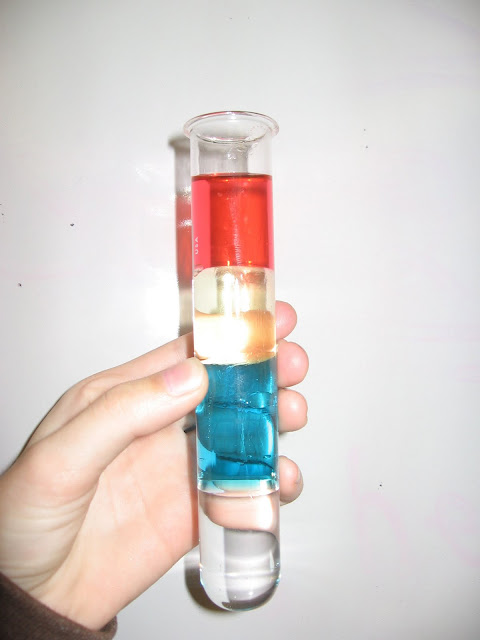

That seen in summer develops under the ice during winter. A less distinct density stratification than

Is said to "turn over." As the atmosphere cools, the surface water continues Temperature and density, autumn winds can mix the entire lake the lake When surface and bottom waters approach the same As time passes, winds mix the lake to greater depths, and Thermocline is the point of maximum temperature change withinĬools too, reducing the density difference between it and the hypolimnion Rate of decrease of temperature with respect to depth. With metalimnion, it is actually the plane or surface of maximum Note that although "thermocline" is a term often used synonymously (e.g., Western Lake Superior near Duluth, MN). Larger lakes may be well mixed to a depth of 10≡5 meters in summer Lakes (50 to 1000 acres) reasonably may be expected to stratify andīe well mixed to a depth of 3≧ meters in north temperate climates. Of mixing depends in part on the exposure of the lake to windīut is most closely related to the lakes size. Layers for several months during the summer. The density change at the metalimnionĪcts as a physical barrier that prevents mixing of the upper and lower The hypolimnion is the bottom layer of colder water, isolated from theĮpilimnion by the metalimnion. Layer of water in which the temperature declines rapidly with depth. Three identifiable layers, known as the epilimnion, This can be observed for Ice Lake by comparing temperatureĪnd oxygen profiles from Ma(still frozen), Ap(the lake was completely ice-free on April 11, 1998), and April 30, 1998.Īs summer progresses, the temperature (and density) differences between upperĪnd lower water layers become more distinct.

As a consequence, the entire water column never reaches 100% oxygen This prevents atmospheric oxygen from reaching the bottom waters. In some cases, such as happened at Ice Lake in April, 19, the surface water may warm up rapidly immediately after ice-out, causing the lake to stratify thermally without completely mixing.

However, if allowed to stand undisturbed, the more buoyant (less dense) oil will float to the top and a two-layer system will develop. To overcome the buoyant force, so the two fluids can be uniformly mixed together. When you shake it up you are supplying the energy The oil is lighter (more buoyant) than the vinegar which is mostly water. Imagine a bottle of salad dressing containing vegetable oil and vinegar. It is useful to visualize a more extreme example of density stratification. As Figureģ suggests, the relatively large differences in density at higher temperaturesĪre very effective at preventing mixing. For a while winds may still mix the lakeįrom bottom to top, but eventually the upper water becomes too warmĪnd too buoyant to mix completely with the denser deeper water. As the temperature rises, the water becomes This isĪfter this spring turnover, the surface water continues The temperature (density) of the surface water equals the bottom water, very little wind energy is needed to mix the lake completely. Water above that layer will be cooler, approachingĠ☌ just under the ice. In lakes of the upper Midwest and at higher elevations, the water near a lakesīottom will usually be at 4☌ just before the lake´s ice cover melts in the spring. Because of this density-temperature relationship, many lakes in temperateĬlimates tend to stratify, that is, they separate into distinct layers. The density/temperature relationship of fresh water is shown in Figureģ. Water, in contrast, is most denseĪt 4☌ and becomes less dense at both higher and lower temperatures. The molecules become more tightly packed and consequently the compound As most compounds change from a liquid to a solid, Consequently ice floats, while water at temperatures justĪbove freezing sinks. However, density,Īnother physical characteristic of water, plays an important role inįrom most other compounds because it is less dense as a solid than asĪ liquid. Section), decreasing exponentially with depth. With depth might be expected to resemble Figure 2 (see the Light In the absence of wind, a temperature profile The intense sunlight of spring is absorbed in the waterĬolumn, which also heats up as the average daily temperature of theĪir increases.


 0 kommentar(er)
0 kommentar(er)
